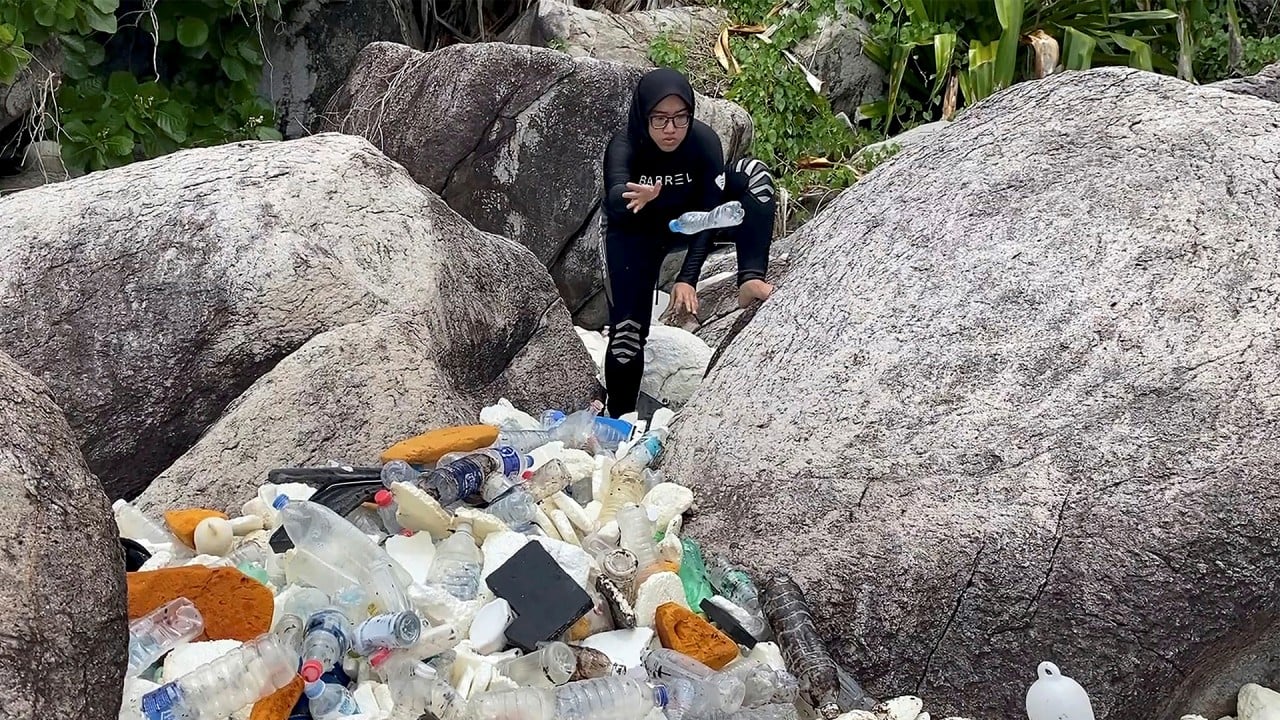
Businesses must see their products as a service to fuel a more sustainable, circular economy
- The shift can make economies more circular by breaking patterns of mismatched supply and demand while generating growth opportunities for any industry
- Building a circular economy requires gold-standard systems for taking back products and preparing them for their next life, as well as shifting revenue streams
But one industry is not enough. According to the Circularity Gap Report 2021, the global economy was only 8.6 per cent “circular” in 2020, down from 9.1 per cent two years earlier.
This is a radical departure from a commoditised model whereby companies sell a product and consider their job done. Instead, the producer retains ownership of – and responsibility for – the product throughout its entire life cycle.
The “as-a-service” notion is an iteration of the “cradle-to-cradle” design concept developed at the end of the 20th century. The essence of its design remains true in our modern world when building a circular economy.
Desso, a global supplier of carpets for commercial use, designs products according to the cradle-to-cradle principle. This means the company can lease its carpet tiles, taking care of the installation, maintenance, return and recycling.
This not only makes our economy more circular, by breaking established patterns of mismatched supply and demand, it also has the potential to generate significant growth opportunities for any industry.
In the tech industry, an “as-a-service” model will help organisations eliminate the problem of over-provisioning – a common practice in which companies overbuy IT services – and achieve a win-win outcome for both the business and society.
In addition, inefficiencies of ageing equipment mean that 65 per cent of the power used by IT in data centres processes just 7 per cent of the work. As a result, businesses have to bear the brunt of higher costs and unnecessary power, space and cooling consumption.
Finally, as part of Hewlett Packard Enterprise’s “as-a-service” model, we take back IT assets at the end of their use because we have invested in major advances to extend the life of retired IT equipment and reuse and remanufacture components for a second life.
This in turn affects sales, partner incentives and motivation, financial reporting and investor relations. It is no small challenge to bring salespeople, commercial partners and investors on board with this shift in mindset, but we must address these challenges and do so with a sense of urgency.
Of course, companies cannot go it alone. The conversion of industry to “as-a-service” needs to be accelerated with the right government policies. Policies destined to drive the industry to achieve climate goals should, whenever relevant, favour a switch to service- and consumption-based models.
Sustainability can drive business outcomes, and vice versa. The ball is in our court to build a circular economy where individuals and companies thrive in a sustainable way powered by as-a-service business models. It is time for serious change.
Michele Madonini is vice-president and managing director of Hewlett Packard Enterprise (HPE) Financial Services, Asia-Pacific & Japan




